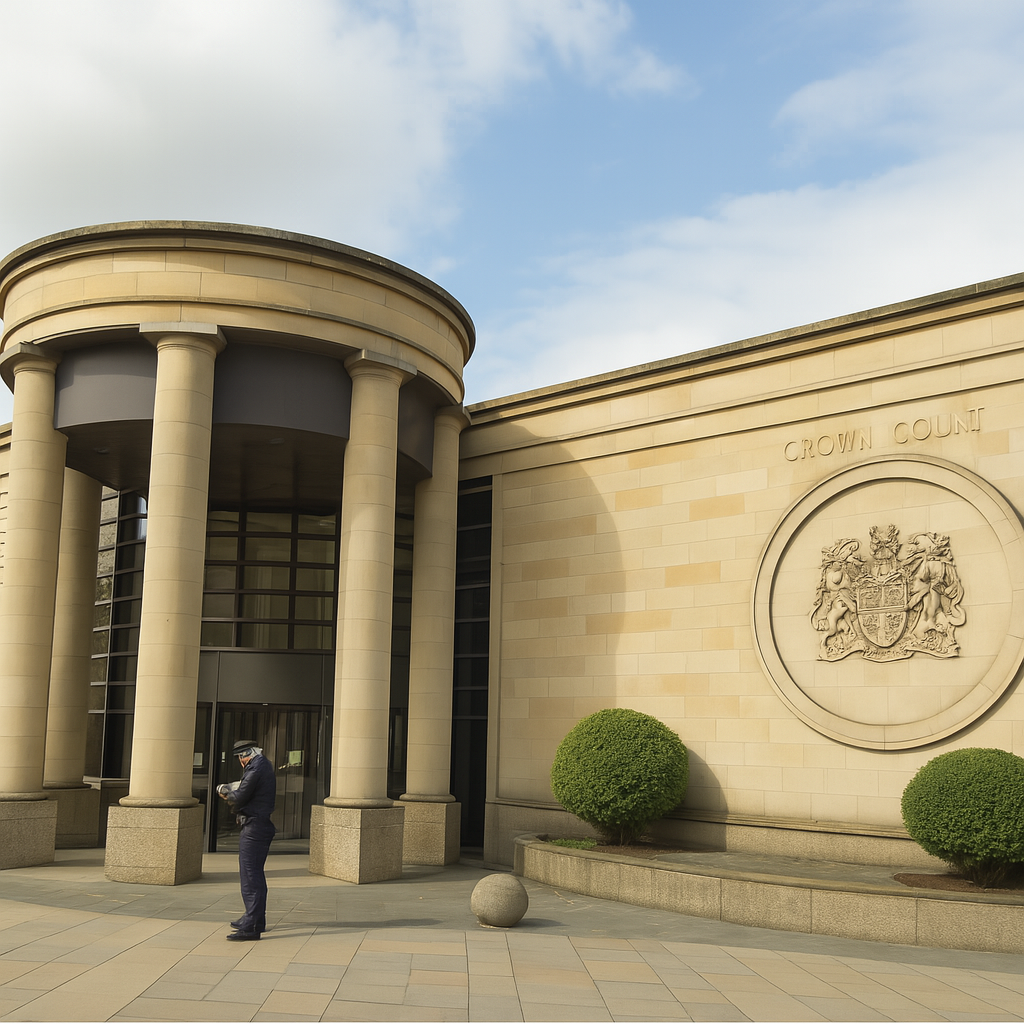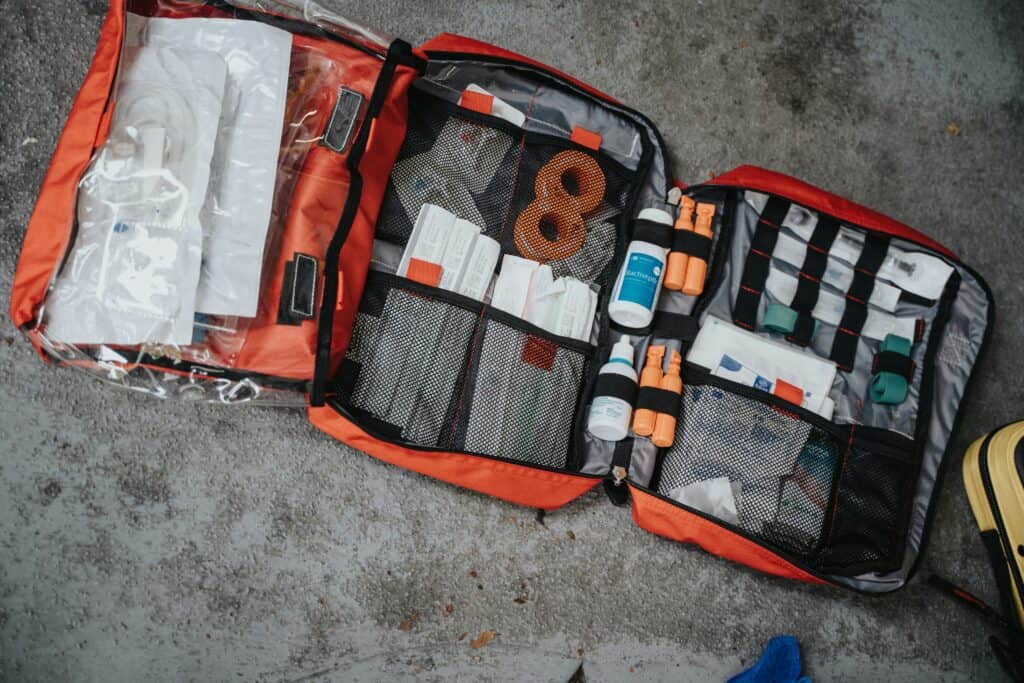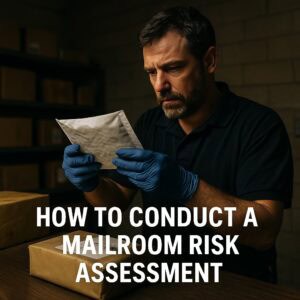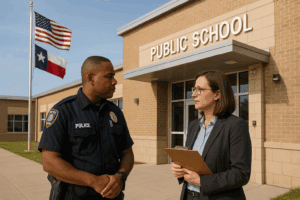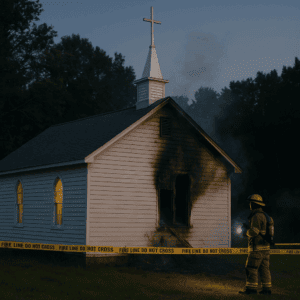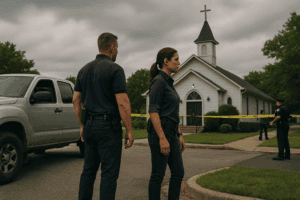In January 2025, a 17-year-old boy in Greenock, Scotland, was arrested outside the Inverclyde Muslim Centre after police uncovered a months-long plan to carry out a mass attack.
Inspired by white supremacist ideology and notorious terrorists like Anders Breivik, the teen had infiltrated the mosque by pretending to convert to Islam.
He gained access, recorded videos of the building, mapped it out, and planned to trap worshippers inside using fire and imitation weapons.
Police were tipped off before the attack could occur.
Officers arrested the suspect outside the mosque, where he was carrying an air pistol, ball bearings, gas cartridges, four aerosol cans, tactical gear, and a detailed manifesto.
He pleaded guilty under the UK Terrorism Act and remains in a secure facility awaiting sentencing.
You can read more from the official report on STV News and coverage from The Times.
This was a calculated, methodical plan developed over weeks.
And it worked, up until the point police intervened.
The teen had studied the building, blended in, built trust with the leadership, and used that access to prepare for mass murder.
This matters and should be a wake-up call for religious communities in the U.S.
Why American houses of worship should take notice
This wasn’t an isolated ideological plot.
The tactics used, pretending to convert, mapping the building, planning fire-based attacks, and using deceptive weapons, are all things that can be replicated.
In the U.S., religious communities already face a steady stream of hate crimes and arson attacks.
The FBI’s annual hate crime report and data from the National Fire Protection Association show that houses of worship are far more likely to be targeted than most public buildings.
Too many churches, mosques, and synagogues believe “that would never happen here.”
That kind of thinking is what allows attackers time and space to prepare.
What to learn from this
This plot didn’t involve advanced weapons or hacking. It came down to access and observation.
The teen was allowed to move freely in the building. He was trusted. He had time to plan. That should be a wake-up call.
- Do you know who has access to your facility?
- Do you track who enters and exits during off-hours?
- Are empty classrooms, basements, and offices secured?
- Has anyone ever walked your building from the viewpoint of an attacker?
These are practical questions, especially for places committed to being open and welcoming.
What you can do right now
- Walk your property and identify unsecured areas.
- Review who has keys, codes, or swipe access.
- Make sure staff and volunteers know how to report odd behavior.
- Reach out to your local law enforcement or security consultant for a walk-through.
Religious freedom doesn’t mean vulnerability, and you can be open-hearted and still be watchful.
The Scotland plot was stopped just in time, but not every story ends that way.
If you need help reviewing your house of worship’s security posture, our team offers on-site walkthroughs, assessments, and realistic training that balances openness with protection.
Reach out today.

